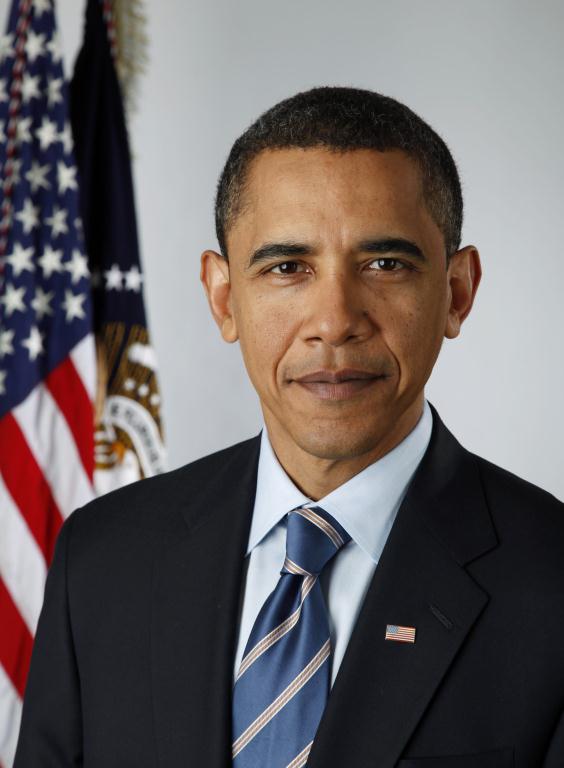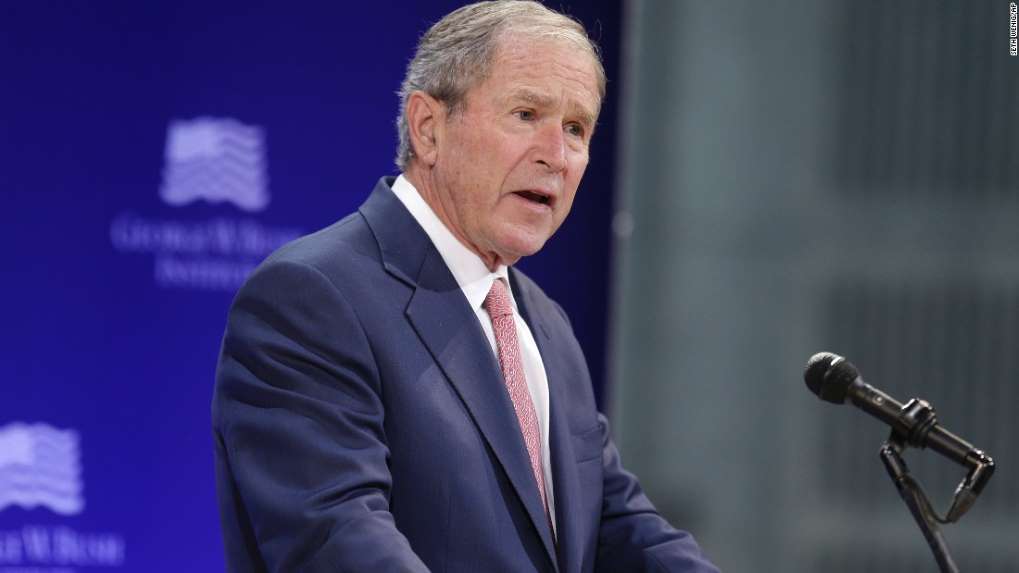April 22, 2015
It has brought about a paradigm shift in our understanding of the universe
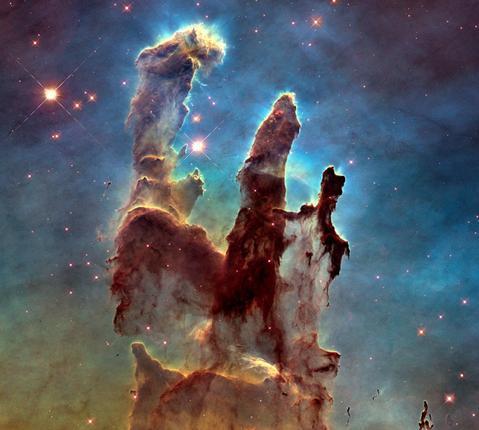
This image made by the NASA/ESA Hubble Space Telescope shows the Eagle Nebula's "Pillars of Creation."
April 22, 2015
It has brought about a paradigm shift in our understanding of the universe

This image made by the NASA/ESA Hubble Space Telescope shows the Eagle Nebula's "Pillars of Creation."
The Hubble Space Telescope — a joint venture between NASA and the European Space Agency (ESA) — was launched in its orbit 552 km above Earth on April 24, 1990 by the space shuttle Discovery. It has provided breathtaking images, produced fundamental discoveries and brought about a paradigm shift in our understanding of the universe. Hubble has unlocked the wonders of the universe and “placed our world into a context of 100 billion stars in 100 billion galaxies.”
If the spotting of the Hubble variable number one, or V1 star in 1923 in the neighbouring Andromeda galaxy permanently altered the course of modern astronomy, the Hubble Telescope has done it even more dramatically.
The Hubble, which has so far travelled more than 3 billion miles, has made more than 1.2 million observations since 1990 by completing an orbit around the Earth every 97 minutes at a speed of about 8 km per second.
A household name today, it was an instrument that “much of the astronomical community didn’t want!” Worse, it almost turned out to be a dud soon after the launch.
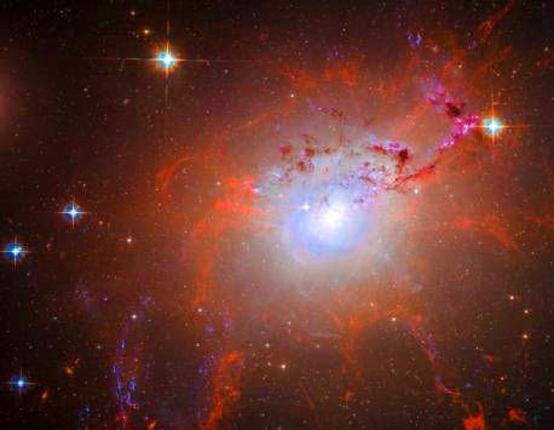
Catastrophic
The bad news came a few weeks after its launch. The very first image taken by it was fuzzy. The primary mirror of the telescope had a flaw called spherical aberration.
“We put a telescope in space and it could hardly see. I felt terrible. I felt like a dog wouldn’t take a bone from me,” Jean Olivier, former Hubble chief engineer told Nature.
“They’ve had 10 years to put this together. They’ve spent $2.8bn to be able to get it right and now we find that the Hubble Telescope’s got a cataract,” Barbara Mikulski roared at the time,” The Independent recalled in a recent article. Ms. Mikulski was a senior U.S. senator who fought hard to get NASA the funding for the development of the telescope.
Though there was no way to rectify the problem from the Earth, scientists found a way to fix it — placing “small and carefully designed mirrors in front” of the original Hubble instruments, much like placing eyeglasses to restore the vision.
In December 1993, seven astronauts spacewalked from the shuttle Endeavour to fix the telescope in space, a mission that was never attempted before. Only the first image from the corrected telescope could tell if the problem was indeed rectified.
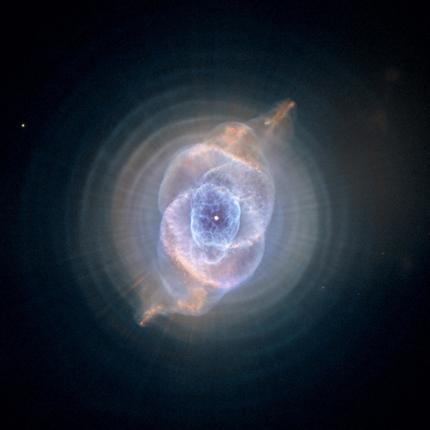
This image made by the NASA/ESA Hubble Space Telescope shows NGC 6543, the Cat's Eye Nebula. The Hubble Space Telescope, one of NASA'S crowning glories, marks its 25th anniversary on Friday, April 24, 2015. With more than 1 million observations, including those of the farthest and oldest galaxies ever beholden by humanity, no man-made satellite has touched as many minds or hearts as Hubble. (NASA, ESA, HEIC, Hubble Heritage Team (STScI/AURA) via AP)
“We were all huddled around a little screen, waiting for the first image to come down. It probably only took five seconds but it seemed like six hours.
“First we saw a little dot in the centre, but it was a really well-focused dot. And then we saw the faint stars. You just knew, right then, that we had nailed it. The trouble with Hubble was over,” Edward Weiler, former Hubble chief engineer told Nature.
And months after it was repaired, the Hubble recorded the first major celestial event — the comet Shoemaker-Levy 9 breaking into fragments and plunging into Jupiter.
The 1993 mission to fix the spherical aberration problem was only the first of the five missions to service the instrument. Subsequent servicing missions to repair the telescope and to upgrade it occurred in February 1997, December 1999, March 2002 and May 2009.
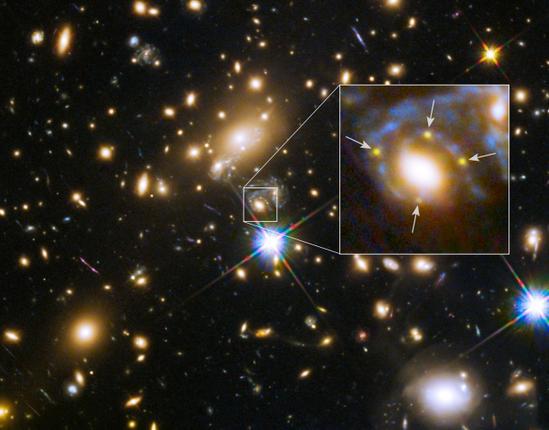
Multiple images of a single distant supernova within a cluster of galaxies called MACS J1149.6+2223, located more than 5 billion light-years away, are seen in an image from NASA taken by the Hubble Space Telescope released March 5, 2015. In the enlarged inset view of the galaxy, the arrows point to the multiple copies of the exploding star, dubbed Supernova Refsdal, located 9.3 billion light-years from Earth. The images are arranged around the galaxy in a cross-shaped pattern called an Einstein Cross. The blue streaks wrapping around the galaxy are the stretched images of the supernova's host spiral galaxy, which has been distorted by the warping of space. REUTERS/NASA
During the 1997 service mission, a spectrograph and an infrared camera were added to the telescope. In 1999, an emergency mission was undertaken to repair three of the six gyroscopes. Gyroscopes keep the telescope pointing correctly. The 2002 mission was to replace a camera and solar panels and finally the 2009 mission was to install a new spectrograph and camera (Wide Field Camera 3). Since its launch, astronauts have also replaced the mechanical tape recorders with solid-state memory drives, and upgraded the solar arrays.
With its higher resolution and larger field of view, the Wide Field Camera 3 provides the telescope greater power to image the Universe. Today, the Hubble Telescope has the ability to see in multiple wavelengths — near-infrared, visible light and near-ultraviolet.
To mark the 25th anniversary of the launch of the Hubble Space Telescope, a snapshot of the famous “Pillars of Creation” in the Eagle Nebula was taken last year. The first time the “Pillars of Creation” was snapped was in 1995. Hubble’s instruments that have been upgraded during the 19 years after the original image was taken helped astronomers see more details in the image than was previously possible.
Courtesy: The Hindu














































































































